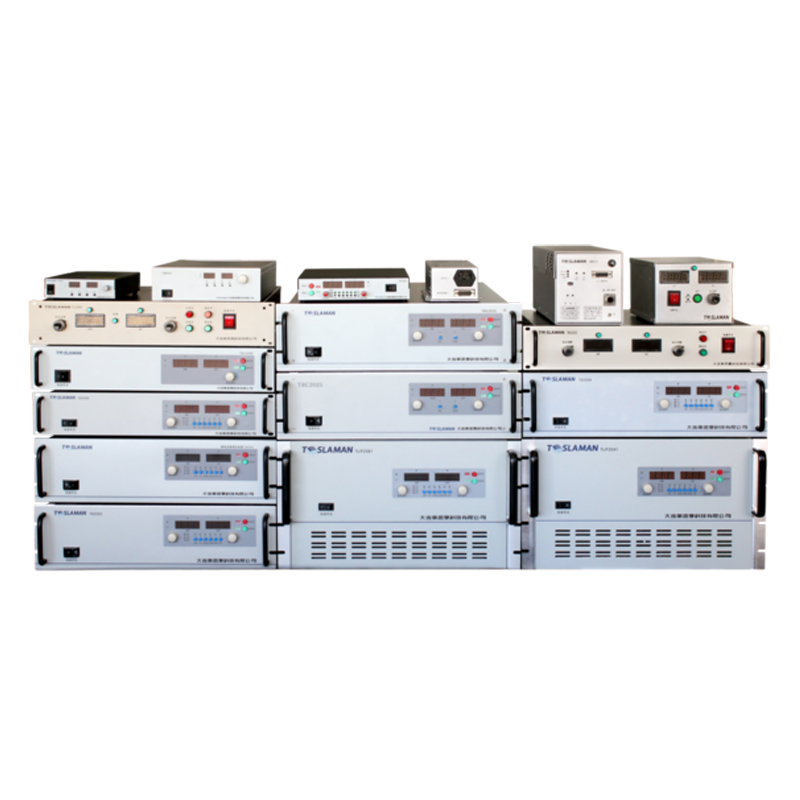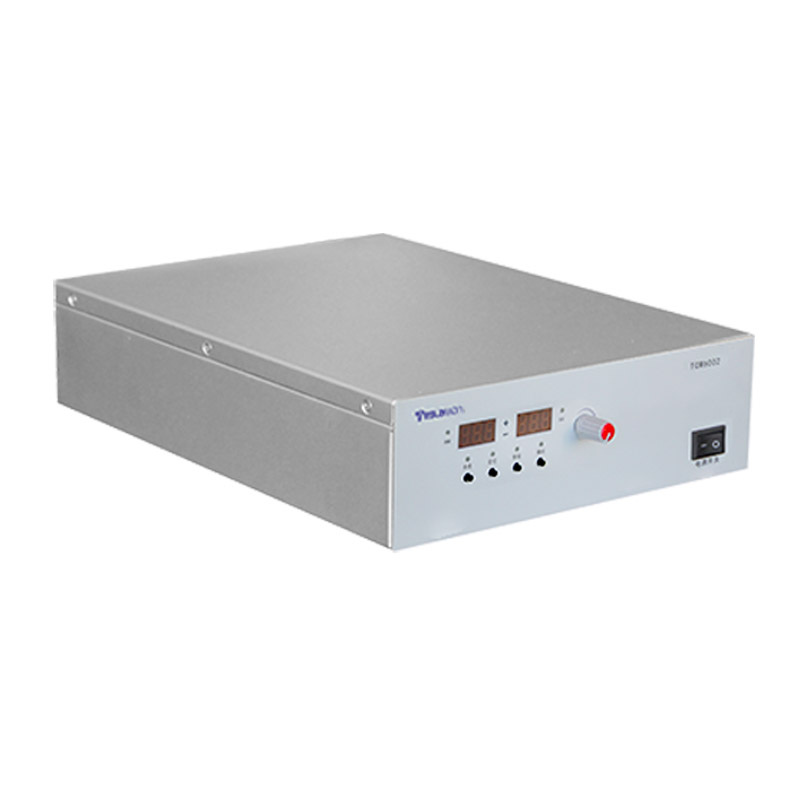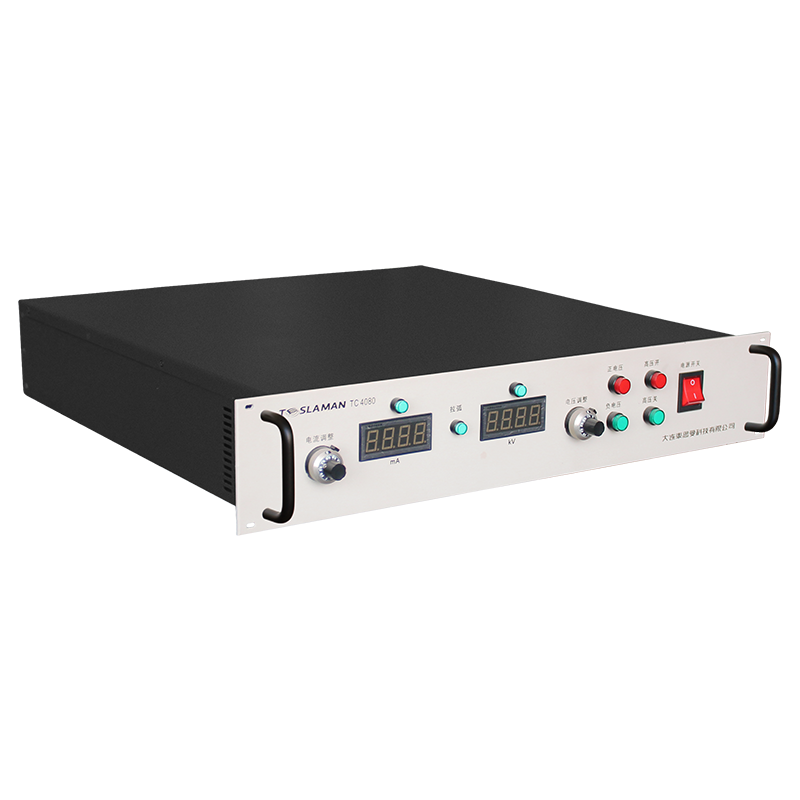Energy Efficiency Improvement Plan for Electrostatic Precipitation Technology
Electrostatic precipitation technology, as an effective means of air pollution control, is widely used in industrial production and environmental protection. However, with the rising cost of energy and increasing environmental protection requirements, how to improve the energy efficiency of electrostatic precipitation technology has become an urgent issue. This article will discuss the energy efficiency improvement plan for electrostatic precipitation technology from a professional perspective.
I. Optimizing Power Supply Design
The high-voltage power supply is one of the core components of the electrostatic precipitator, and its performance directly affects the dust removal efficiency and energy consumption. By optimizing the power supply design, higher energy conversion efficiency and lower energy consumption can be achieved.
1. Adopting High-Frequency Switching Power Supply Technology: High-frequency switching power supplies have the advantages of small size, light weight, high efficiency, and wide voltage regulation range. By increasing the switching frequency, the size and weight of transformers and filters can be reduced, thereby reducing energy consumption.
2. Intelligent Control Strategy: Introducing intelligent control algorithms to dynamically adjust the output voltage and current according to actual working conditions can avoid unnecessary energy waste. For example, when the dust concentration is low, the output voltage can be automatically reduced to reduce energy consumption.
II. Improving Electrode Structure
The electrode structure has a significant impact on the performance of the electrostatic precipitator. By improving the electrode structure, dust removal efficiency can be increased, thereby reducing energy consumption per unit of treated air volume.
1. Using Honeycomb Electrodes: Honeycomb electrodes have a large specific surface area and good airflow distribution characteristics, which can improve dust capture efficiency. At the same time, their compact structure helps reduce equipment size and air resistance.
2. Optimizing Electric Field Distribution: By reasonably designing the distance and arrangement of electrodes, uniform electric field distribution can be achieved, avoiding electric field blind spots, thereby improving overall dust removal efficiency.
III. Strengthening Airflow Management
Airflow management is crucial for the operating efficiency of the electrostatic precipitator. By optimizing airflow paths and wind speed distribution, energy consumption can be reduced and dust removal effects improved.
1. Reasonably Designing Inlet and Outlet: Ensure uniform airflow distribution inside the precipitator, avoiding eddies and short-circuit phenomena. At the same time, optimize the design of the outlet to reduce air resistance and improve exhaust efficiency.
2. Using Variable Frequency Speed Regulation Technology: Dynamically adjust the fan's operating speed according to actual treated air volume needs, achieving refined control of energy consumption.
IV. Implementing Regular Maintenance and Service
The long-term stable operation of the electrostatic precipitator relies on regular maintenance and service. By timely cleaning dust accumulation and checking equipment status, the precipitator can always operate at its best, thereby reducing energy consumption.
1. Establishing a Comprehensive Maintenance System: Develop detailed maintenance plans and operating procedures to ensure effective execution of various maintenance tasks.
2. Applying Intelligent Monitoring Systems: Use sensors and IoT technology to monitor the operating status and energy consumption data of equipment in real-time, providing a scientific basis for maintenance decisions.
Conclusion
In summary, by optimizing power supply design, improving electrode structure, strengthening airflow management, and implementing regular maintenance and service, the energy efficiency of electrostatic precipitation technology can be effectively improved. This not only helps reduce operating costs but also reduces environmental pollution, promoting sustainable development.




















